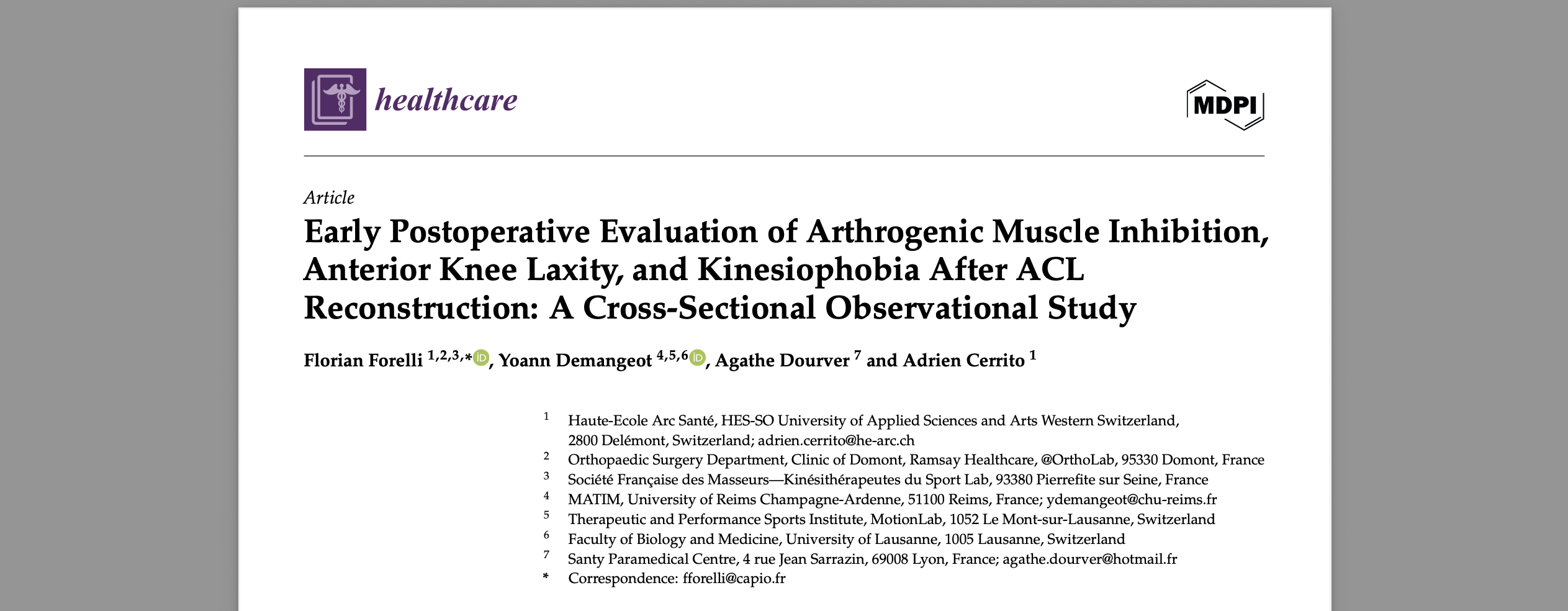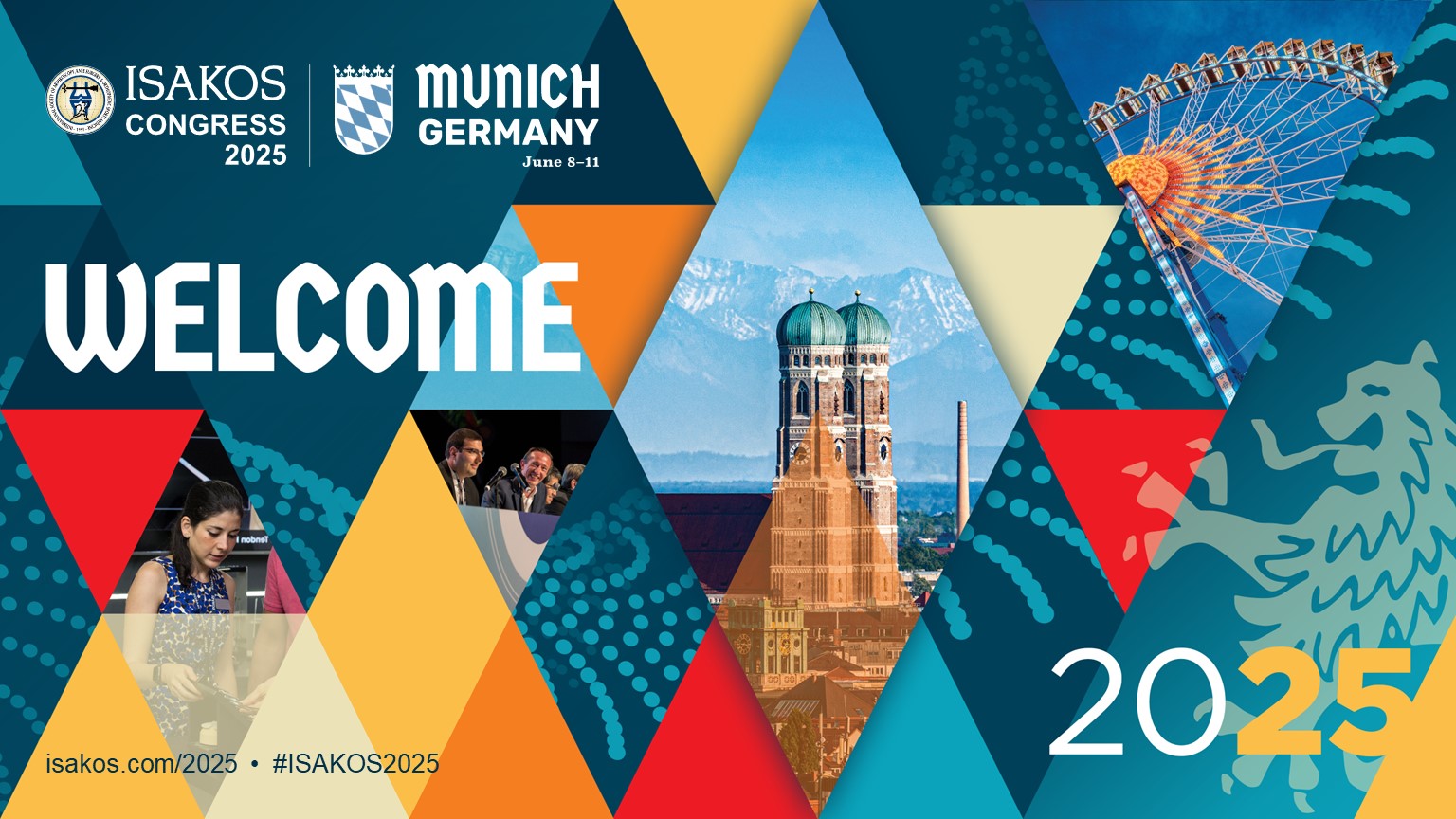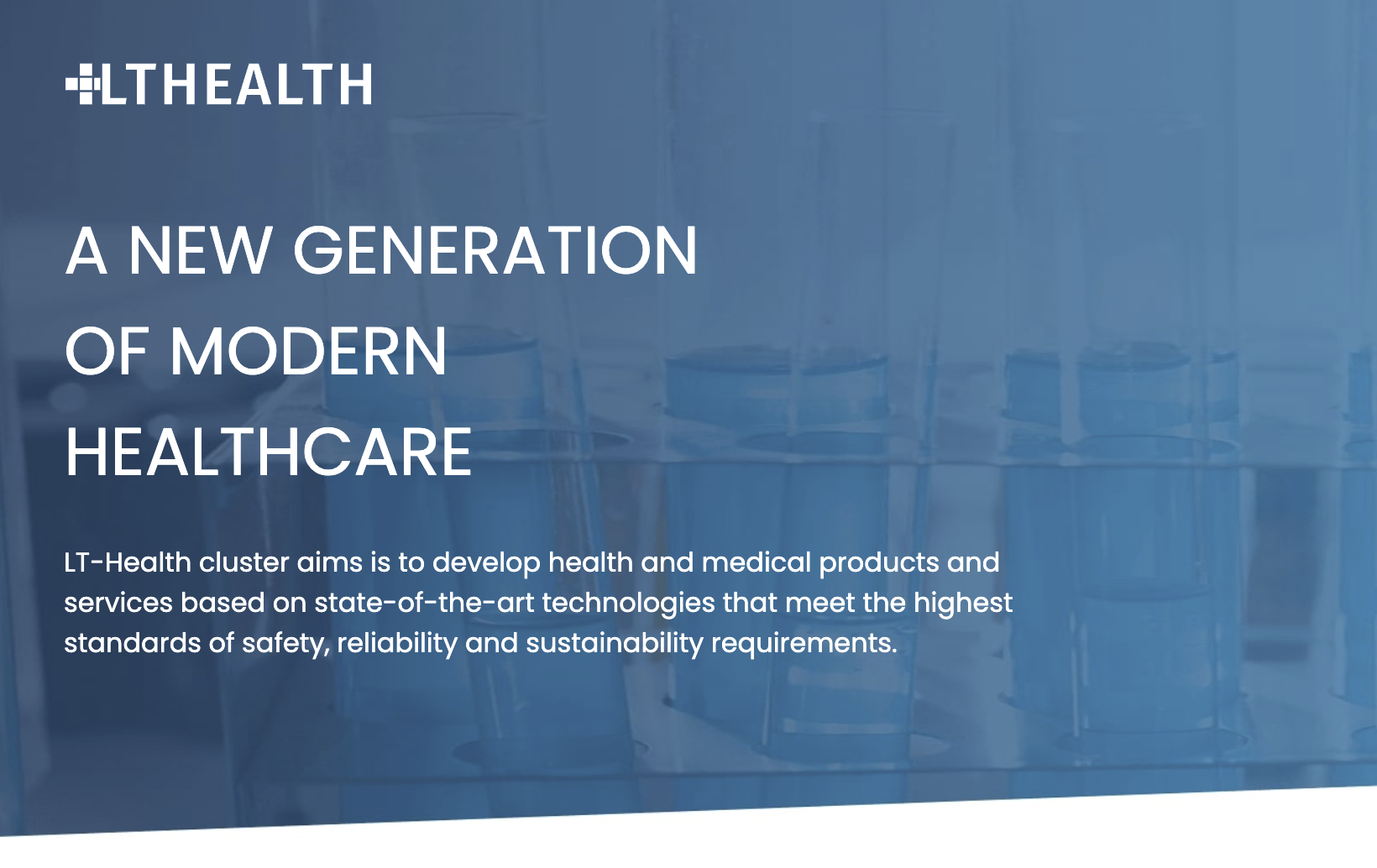Introduction
Torn ACL Recovery Time can be a pivotal journey for both patients and healthcare professionals. Understanding the complexities of ACL injuries and the nuances of post-surgical rehabilitation is crucial for effective healing. The anterior cruciate ligament (ACL), a key ligament for knee stability, often requires surgical reconstruction following injury. This introductory guide aims to shed light on the ACL recovery process, providing insights into the surgical techniques, rehabilitation stages, and expected recovery timeline.
The journey from injury to full recovery involves multiple stages, each demanding specific care and attention. Rehabilitation post-ACL surgery is not just about healing the physical wound; it’s a comprehensive process aimed at regaining strength, flexibility, and confidence. This article will delve into the critical role of physical therapy, outline the recovery milestones, and offer advice for both patients and medical professionals navigating this challenging yet rewarding path.
1. From Injury to Operation: Understanding ACL Tears and Surgery

ACL (Anterior Cruciate Ligament) injuries are among the most common knee injuries, particularly in athletes. The ACL is crucial for knee stability, especially in activities involving sudden stops and changes in direction. Injuries to this ligament can range from partial to complete tears, often occurring during sports that demand quick pivoting movements.
Understanding the nature of these injuries is essential for effective treatment. Symptoms of a torn ACL include pain, swelling, instability, and a reduced range of motion. Diagnosis typically involves physical exams, imaging tests like MRI or the use of an arthrometer (GNRB® or DYNEELAX®).
When it comes to treating a torn ACL, surgical reconstruction is frequently recommended, especially for individuals looking to return to high-level physical activities. The surgery involves replacing the torn ligament with a graft, usually harvested from the patient’s own body (autograft) or from a donor (allograft). Common graft sources include the patellar tendon, hamstring tendon, or quadriceps tendon.
The goal of ACL reconstruction surgery is not only to restore knee stability but also to prevent long-term complications such as osteoarthritis. The procedure has evolved significantly over the years, with advancements in arthroscopic techniques allowing for smaller incisions and potentially quicker recovery times.
However, surgery is only part of the journey. Post-operative rehabilitation is critical to regain full function of the knee. This includes a structured program of physical therapy focusing on restoring flexibility, strength, and balance (Click here to see the programs we recommend using our arthrometers).
In conclusion, a torn ACL is a significant injury that can impact one’s lifestyle and physical abilities. With modern surgical techniques and comprehensive rehabilitation, most individuals can expect to return to their pre-injury level of activity. Understanding the intricacies of these injuries and their treatment is vital for both patients and healthcare providers to ensure a successful recovery.
2. The Critical Role of Rehabilitation in ACL Recovery
Rehabilitation following ACL reconstruction surgery is a cornerstone in achieving a successful recovery. This process is as crucial as the surgery itself, as it determines the long-term functionality and stability of the knee.
The primary objective of rehabilitation is to reduce knee swelling, regain full range of motion, and strengthen the muscles around the knee, especially the quadriceps and hamstrings. Initially, the focus is on gentle exercises that encourage movement without stressing the newly repaired ligament. This includes activities like controlled walking, cycling, and specific exercises designed to improve joint mobility.
As the patient progresses, the rehabilitation program becomes more rigorous, incorporating strength training, balance exercises, and proprioception drills. These exercises are critical to restore knee strength and stability, essential for returning to everyday activities and sports. Moreover, advanced rehabilitation stages aim to prevent future injuries by addressing any biomechanical issues and improving overall physical conditioning.
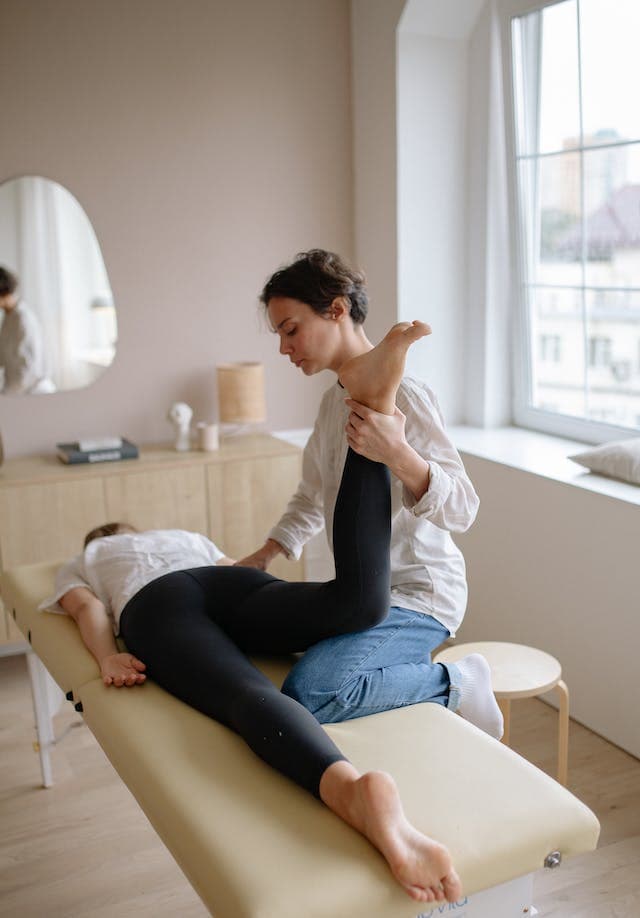
Physical therapists play a vital role in guiding patients through the rehabilitation process. They provide personalized exercise programs, monitor progress, and make necessary adjustments to ensure optimal recovery. Patient commitment to the rehabilitation program is equally crucial, as adherence to prescribed exercises and therapy sessions significantly impacts the recovery timeline and outcome.
In summary, the role of rehabilitation in ACL recovery cannot be overstated. It is a comprehensive and dynamic process, requiring dedicated effort from both healthcare providers and patients to achieve the best possible results.
3. Arthrometers: Advancing ACL Rehabilitation
Arthrometers are transforming ACL rehabilitation, offering unparalleled precision in monitoring the recovery process. These devices objectively assess knee joint stability, which is crucial for customizing rehabilitation protocols.
A study by Semay et al. (2016) highlighted significant changes in anterior-posterior laxity between 9 and 12 months postoperatively, emphasizing the importance of accurate laxity analysis in the recovery process. The study underscored the evolving nature of knee stability, influenced by both the physiological ligamentization of the graft and factors like muscle condition or hormonal influences.
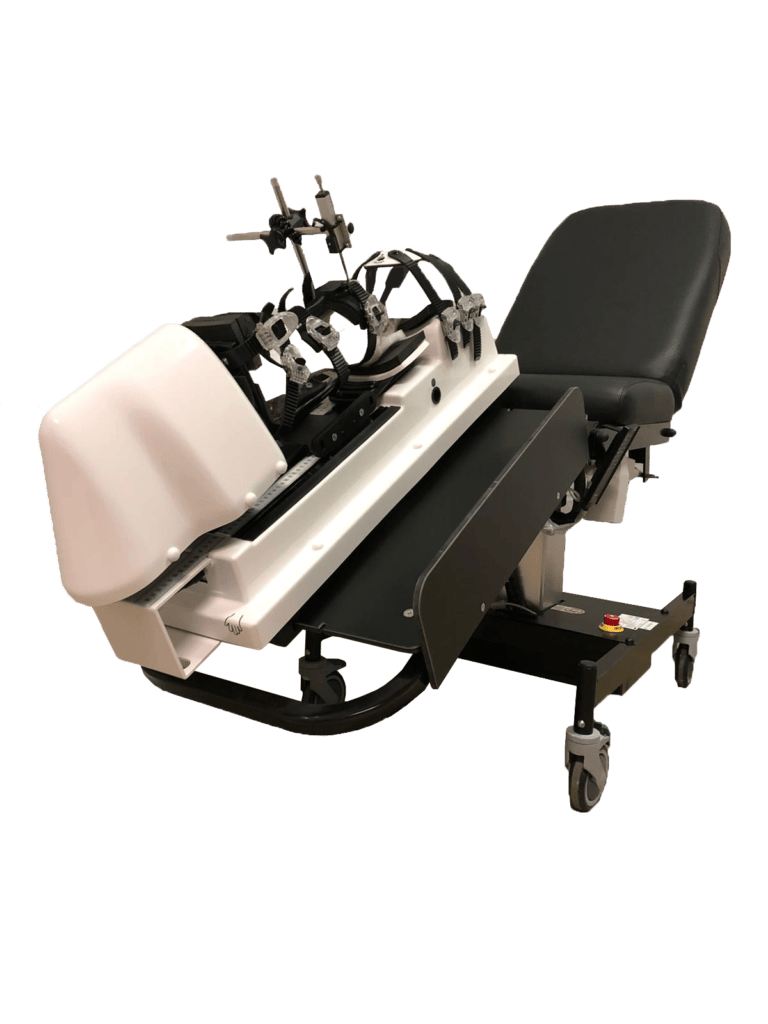
Complementing this, Nouveau et al. (2017) focused on the impact of early rehabilitation activities on the stiffness of the ACL graft. Their findings revealed that applying biomechanical constraints to the knee significantly affects the graft’s compliance post-surgery. Importantly, they noted that aggressive rehabilitation and external constraints could lead to higher compliance (lesser stiffness) of the graft, potentially increasing the risk of future instability. This study illustrates the crucial role of arthrometers in identifying divergent curves in graft compliance early on, particularly within the first three months post-surgery, allowing for timely adjustments in the rehabilitation plan.
Enhancing this perspective, the 2023 study by Forelli et al. significantly underscores the importance of robotic laximeters, like the GNRB, in assessing graft laxity. This aspect is a crucial determinant in deciding readiness for Return to Play (RTP) following ACL surgery. These advanced tools provide objective, quantifiable data on graft laxity, which is instrumental in making informed decisions about a patient’s readiness to resume athletic activities. In RTP assessments, the GNRB is utilized to perform three anterior translations at 250 N, effectively evaluating the slope differential. This process is key in assessing the risk of functional instability.
These insights reinforce the critical role of arthrometers in ACL rehabilitation. By providing objective data on knee stability and graft compliance, arthrometers guide the rehabilitation process, ensuring that exercises are appropriately challenging yet safe. They help in making informed decisions about increasing the intensity of physical activities, particularly in returning to sports. The objective assessment of graft compliance and knee stability allows for a more individualized and effective rehabilitation approach, potentially reducing the risk of re-injury or long-term complications such as osteoarthritis.
In conclusion, the integration of arthrometer technology in ACL rehabilitation is not just a technological advancement; it represents a paradigm shift in how we approach recovery. By leveraging precise measurements and data-driven insights, arthrometers are essential in guiding patients safely and effectively through their recovery journey.
3. Detailed Timeline: Torn ACL Recovery Time
The recovery timeline following ACL reconstruction surgery significantly depends on the specific surgical technique employed. The exercises prescribed and the progression through rehabilitation stages are tailored according to the type of surgery performed. This journey, while individualized, typically follows a structured sequence spanning several months. follows a structured sequence spanning several months.
3.1 - Initial Weeks (0-2 weeks)
The immediate phase post-surgery focuses on reducing swelling, managing pain, and initiating gentle mobilization exercises. Protecting the graft during this period is crucial. Patients commonly use crutches, and weight-bearing is introduced gradually as per medical guidance. This stage often involves controlled exercises to regain range of motion without straining the graft.
3.2 - Intermediate Phase (2-6 weeks)
During this stage, patients typically begin to bear more weight on the operated leg, gradually transitioning away from crutches. Physical therapy intensifies with a focus on restoring a greater range of motion and beginning basic strengthening exercises. Care is taken to avoid activities that could place undue stress on the healing graft. At the end of this phase (Week 6), it is recommended to do a dynamic arthrometer test applying very low forces (max 100 Newton). The result of the tests help determine the adequate exercises for optimal treatment.
3.3 - 6 weeks to 3 months
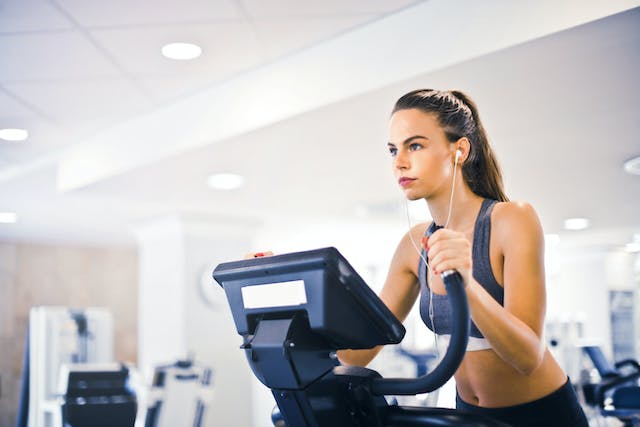
This phase marks a significant transition in rehabilitation. Patients generally start engaging in low-impact activities like cycling, swimming, or rowing, which aid in strengthening the knee without high stress. The goal is to progressively increase knee strength and stability. Physical therapists may introduce more dynamic exercises targeting balance, coordination, and proprioception. Another arthrometer test should be done at Month 3 (Max 134 Newton).
3.4 - 3 to 6 months
Recovery during these months is crucial for those aiming to return to sports. Rehabilitation becomes more sport-specific, with exercises designed to mimic athletic movements. This period is characterized by a gradual increase in the intensity of exercises, focusing on agility, plyometrics, and sport-specific drills. The decision to return to sports is typically made based on criteria like strength, stability, and functional testing rather than a fixed timeline. Another arthrometer test should be done at Month 4 (Max 150 Newton) and Month 5 (Max 200 Newton).
3.5 - 6 to 9 months
For athletes, this period is often about fine-tuning sport-specific skills and ensuring readiness to return to competitive sports. Emphasis is placed on optimizing neuromuscular control, power, and endurance. Regular assessments may be conducted to evaluate readiness for sports participation (Arthrometer Dynamic Tests).
3.5 - 9 to 12 months and beyond
Full recovery can take up to a year or more. This final phase focuses on maintaining knee health and preventing future injuries. Athletes usually resume competitive sports, albeit with continued attention to strengthening and conditioning exercises. It’s crucial for individuals to continue with exercises that support knee health and overall physical fitness.
3.6 - Long-term considerations
Post-recovery, it’s important to maintain an exercise regimen that includes activities to strengthen and stabilize the knee. Regular check-ups and follow-ups with healthcare providers are recommended to monitor knee health.
It’s essential to note that the ACL recovery timeline is not linear and can vary based on individual factors like age, pre-injury fitness level, and adherence to rehabilitation protocols. Psychological readiness, particularly for athletes, is also a critical component of the recovery process. The guidance of a qualified physical therapist and adherence to their prescribed rehabilitation program is pivotal in navigating this journey successfully.
In conclusion, understanding the ACL recovery timeline is key to setting realistic expectations and achieving the best possible outcomes. Patience, commitment to rehabilitation, and ongoing communication with healthcare professionals are the cornerstones of a successful recovery.
4. Advanced Techniques and Technologies in ACL Recovery
In addition to arthrometers, a range of advanced techniques and technologies plays a crucial role in enhancing ACL recovery. Innovations such as 3D motion capture systems and isokinetic machines offer detailed insights into the biomechanics of knee movement, allowing for more precise rehabilitation protocols. These systems enable therapists to analyze gait patterns and muscle coordination, ensuring exercises are optimally tailored to individual needs.
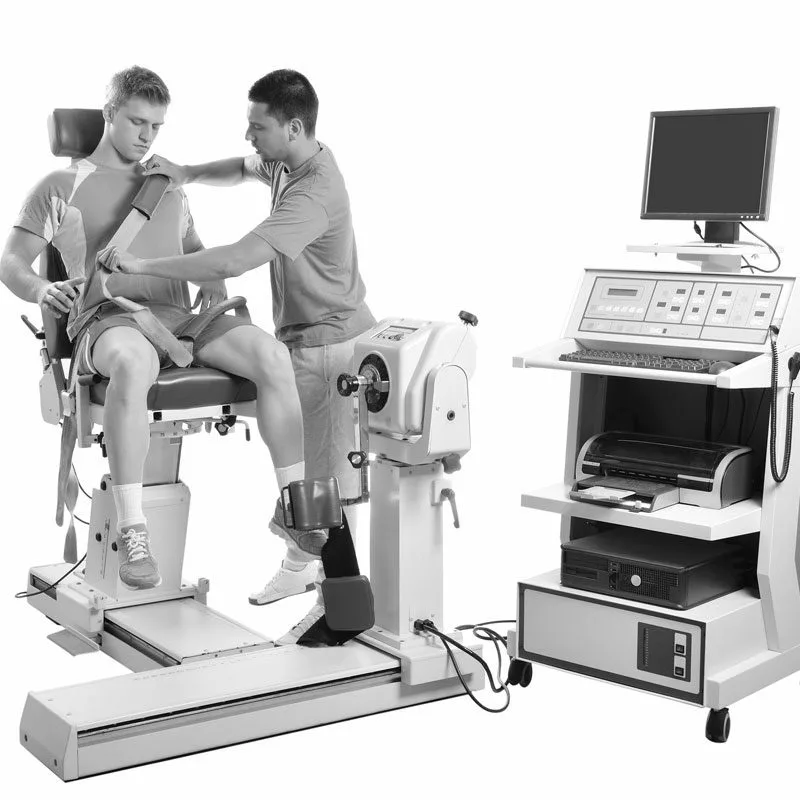
Neuromuscular electrical stimulation (NMES) is another technique increasingly used in ACL recovery. NMES aids in muscle strengthening and re-education, particularly important in the early stages of rehabilitation when voluntary muscle control is challenging.
Additionally, virtual reality (VR) and augmented reality (AR) tools are emerging as effective modalities in physical therapy. They provide immersive environments for patients to safely practice functional movements and exercises, enhancing engagement and motivation during recovery.
Collectively, these advanced technologies complement the data provided by arthrometers. They contribute to a more holistic and effective rehabilitation approach, improving patient outcomes by ensuring a comprehensive and customized recovery process.
Conclusion
In conclusion, the journey to full recovery following ACL surgery is multifaceted, demanding a comprehensive approach to rehabilitation. Every phase, from the immediate post-surgery period to the long-term maintenance of knee health, is critical. Embracing a holistic rehabilitation program that combines physical therapy, strength training, and advanced technologies is key to successful outcomes.
The role of arthrometers in this journey cannot be overstated. By providing precise, objective measurements of knee stability and graft compliance, they significantly enhance the recovery process. These devices enable healthcare professionals to tailor rehabilitation programs (Click here to see the arthrometer programs we tailored according to the type of surgery performed) more effectively, ensuring exercises are appropriate for the specific stage of healing and individual patient needs.
For optimal recovery, it is imperative for patients to actively engage with their healthcare team. Regular consultations with physical therapists, orthopedic surgeons, and other medical professionals are essential. These experts not only guide the rehabilitation process but also offer support and advice, adapting strategies as recovery progresses.
Ultimately, a successful recovery hinges on a combination of advanced medical technology, professional guidance, and patient dedication. By understanding the importance of each element in the rehabilitation process, patients can navigate their recovery journey with confidence, aiming for the best possible return to full activity and quality of life.
Medical References (Link in DOI)
- Semay, B., Rambaud, A., Philippot, R., & Edouard, P. (2016). Evolution of the Anteroposterior Laxity by GNRB at 6, 9, and 12 Months Post-Surgical Anterior Cruciate Ligament Reconstruction. DOI: 10.1016/j.rehab.2016.07.045.
- Nouveau, S., Robert, H., & Viel, T. (2017). ACL Grafts Compliance During Time: Influence of Early Solicitations on the Final Stiffness of the Graft after Surgery. Journal of Orthopedic Research and Physiotherapy, 3(1), 035. DOI: 10.24966/ORP-2052/100035.
- Forelli (2023). After Surgery Rehab Post-Op. International Journal of Sports Physical Therapy. Submitted: October 10, 2022. Accepted: January 15, 2023. DOI: 10.26603/001c.73031.
- Cojean, T. (2023). Sensitivity, Repeatability, and Reproducibility Study with a Leg Prototype of a Recently Developed Knee Arthrometer Dyneelax. Journal of Biomechanics. DOI: 10.1016/j.medntd.2023.100254.


